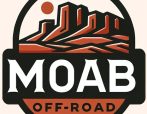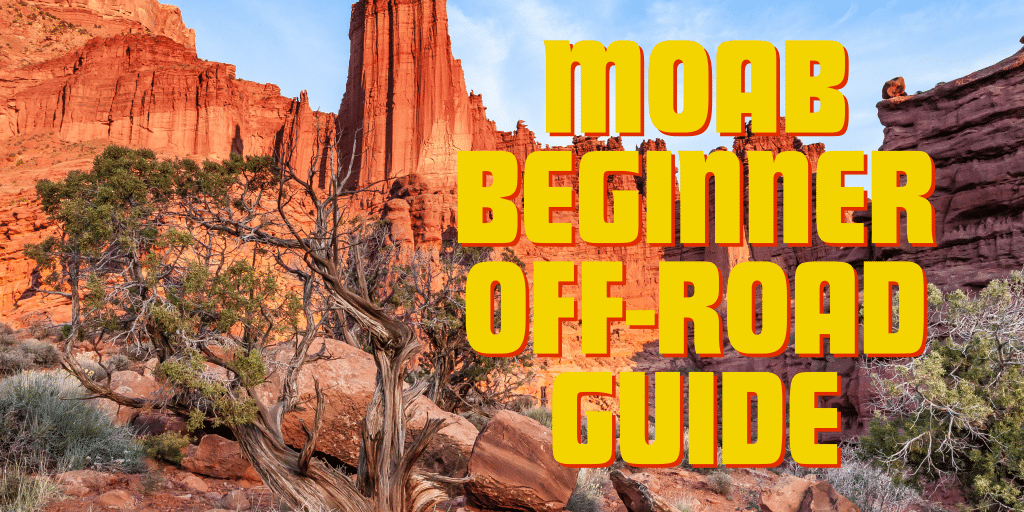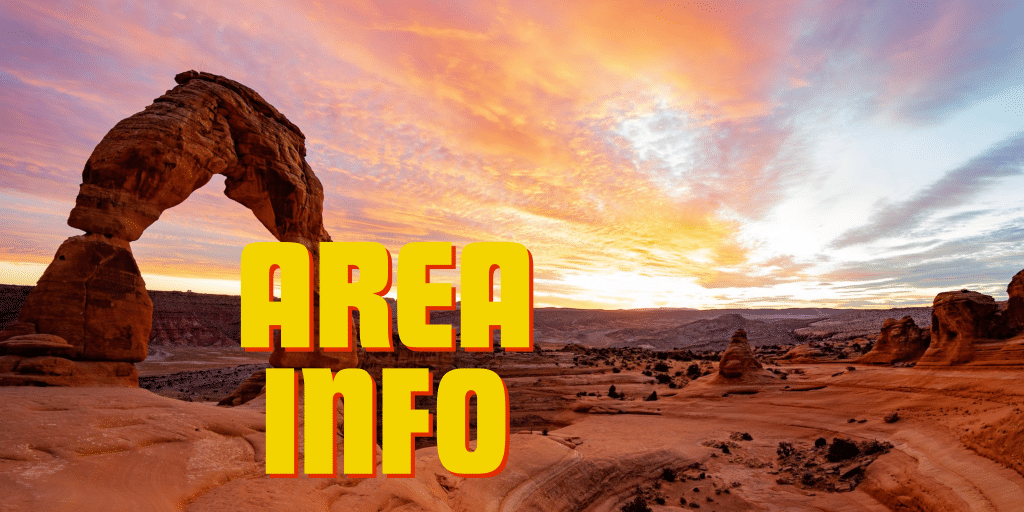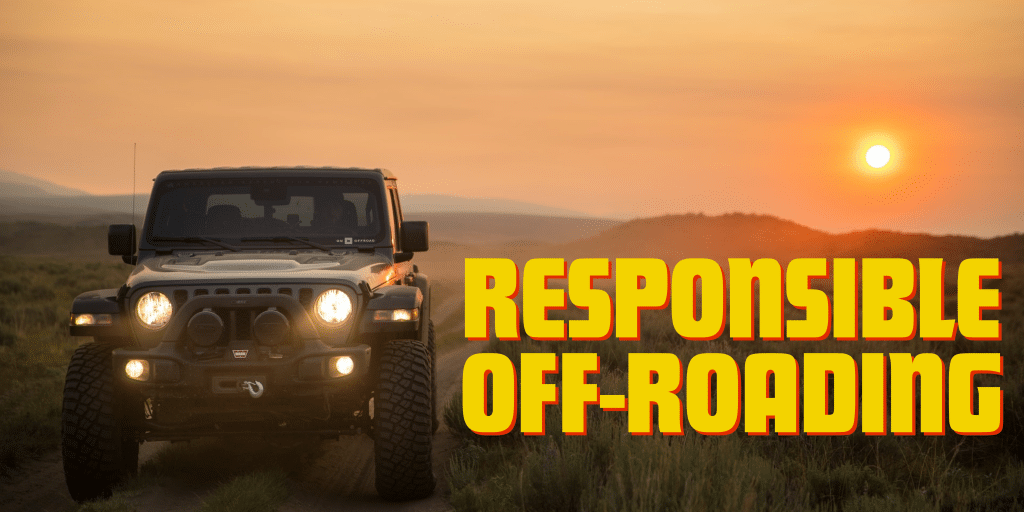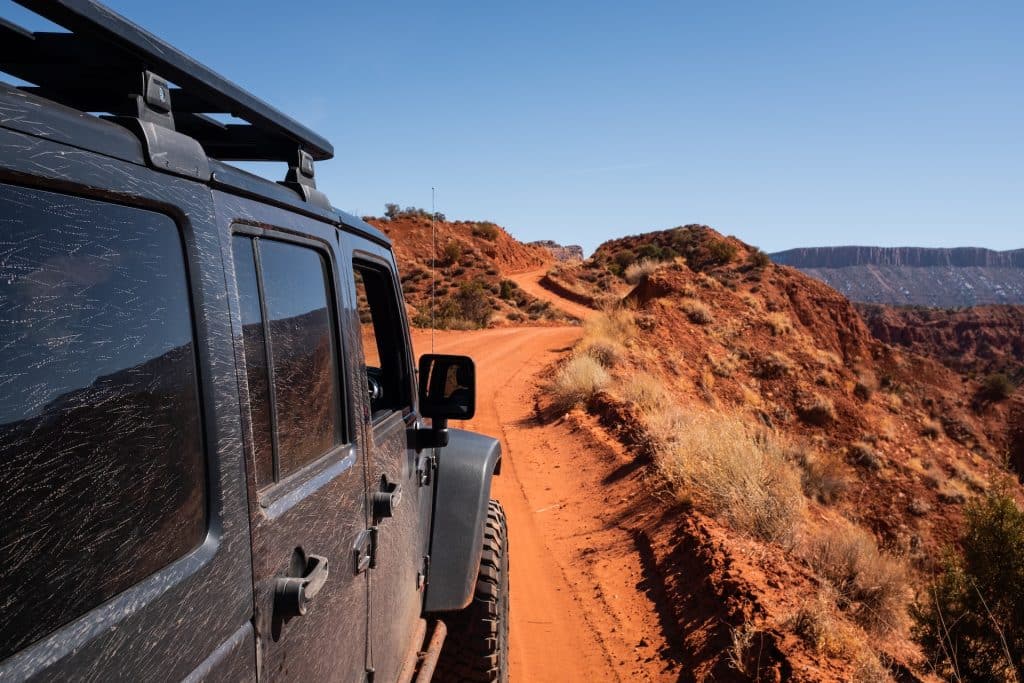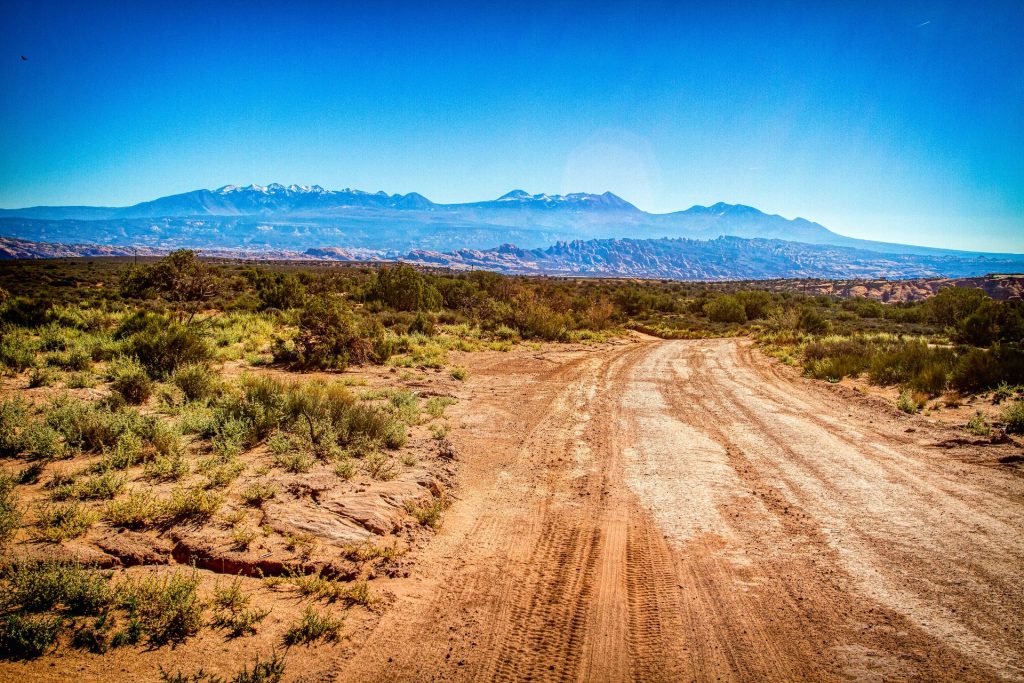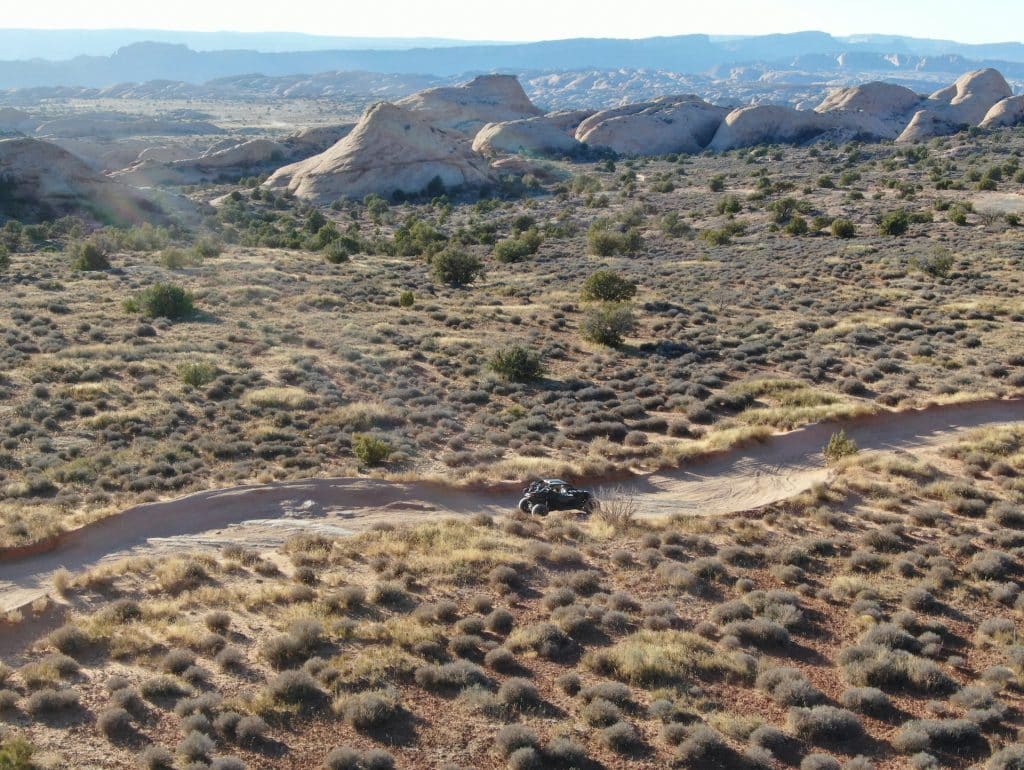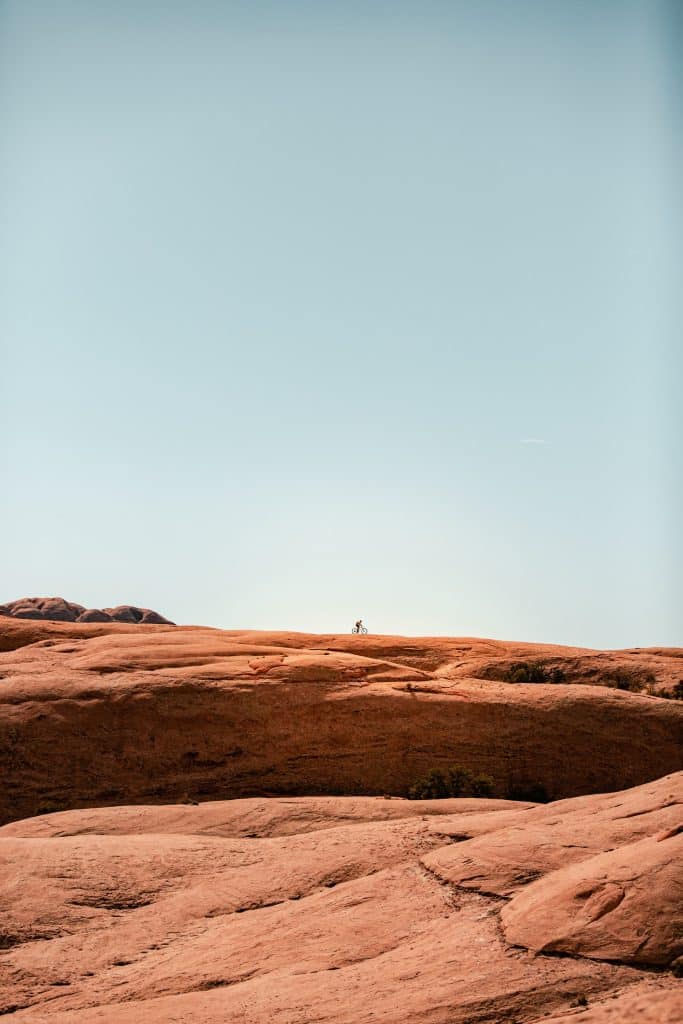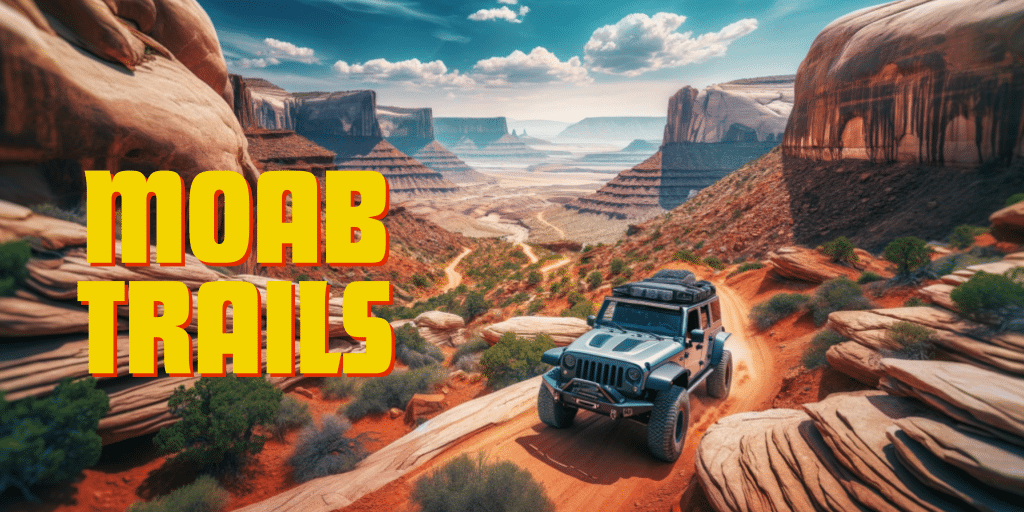
Moab is renowned for its stunning landscapes, rich history, and extensive network of old mining roads and 4-wheel drive trails. Visitors have the option to use their own vehicle, rent a jeep, or join a tour with a local guide. It’s important to remember that off-road travel is restricted to designated routes only, as off-road travel is illegal.
The area offers a wide range of backcountry trails suitable for various skill levels, from easy scenic drives accessible by 2-wheel drive vehicles to challenging 4-wheel drive trails. Before embarking on a trail, it’s crucial to gather current information and be well-prepared. Assessing one’s equipment and experience honestly is vital for a safe adventure. In Moab, detailed maps and trail guides are available at the Moab Information Center, where staff can assist with planning and provide updates on trail conditions.
Trail difficulty varies and is subjective. The easiest trails are manageable for stock high-clearance 4WD vehicles, while the most difficult ones challenge even the best off-road equipment. The marking of these primitive trails varies, with signs, painted symbols, and cairns used to indicate routes. Topographic maps can be a valuable resource for navigation and enhancing the off-road experience.
Responsible recreation is crucial for preserving off-roading trails. Each year, more trails are permanently closed, highlighting the importance of practicing responsible 4-wheeling. This includes staying on designated trails and not creating new routes, as unauthorized paths can lead to further closures. 4-wheelers should embrace the challenges of the trail, going over obstacles rather than avoiding them, and always pack out any trash, including picking up litter found along the way.
Safety is paramount in off-roading. It’s essential to be prepared for emergencies, carry ample water (at least one gallon per person per day), have sufficient food, clothing, and a blanket, and ensure your vehicle is equipped with a spare tire, extra gas, and tools. Communication devices are recommended, but they may not always work, so it’s important to inform someone of your plans and expected return time. It’s advisable to avoid off-roading alone and to leave alcohol at home to maintain focus and safety.
